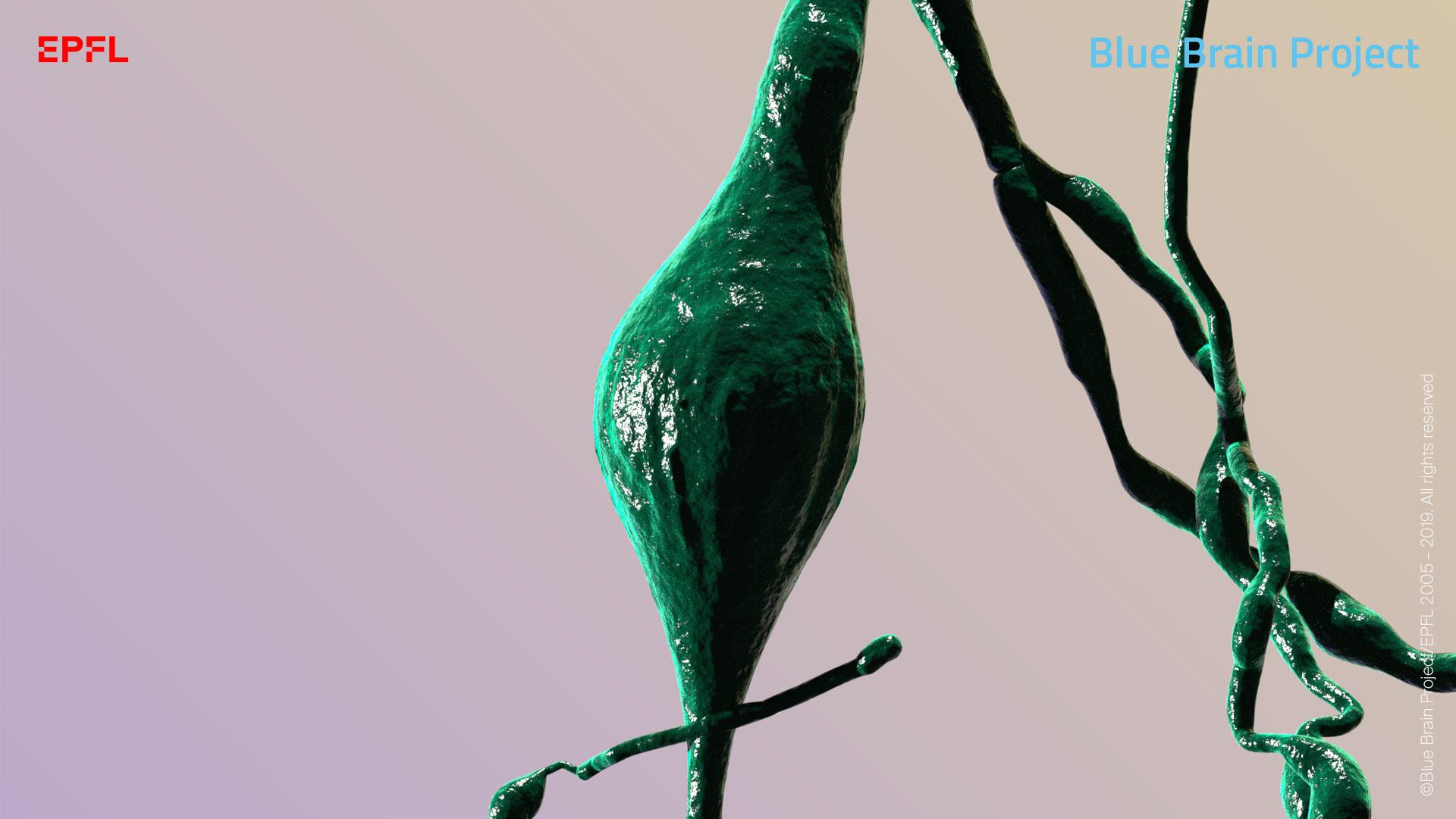EPFL's Blue Brain Project open sources software - NeuroMorphoVis

© 2019 EPFL
EPFL’s Blue Brain Project has open sourced NeuroMorphoVis, an interactive, extensible and cross-platform framework for building, visualizing and analyzing digital reconstructions of neuronal morphology skeletons extracted from microscopy stacks.
The study of the morphology of neuronal cells, in particular their shape, is fundamental to reveal some of the key structural and functional aspects of the brain. Therefore, from image stacks to computational models, processing digital representations of neuronal morphologies is essential to neuroscientific research. NeuroMorphoVis is designed to allow neuroscientists to build, visualize and analyze digital reconstructions of neuronal morphology skeletons that are extracted from optical microscopy stacks.
NeuroMorphoVis comes with an interactive and user-friendly interface, allowing the scientists to visually analyse and validate reconstructed neuronal morphologies. The tool provides several methods for visualizing morphology skeletons either as a stream of connected lines or as a disconnected set of sections to facilitate debugging the connectivity of the morphology. It also provides the ability to build highly realistic three-dimensional neuronal somata on a physically plausible basis, even with classical morphology skeletons that do not have any three-dimensional data of their somata. This approach uses the physics engine of Blender relying on Hooke's law and mass spring models.
In addition, to facilitate accuracy, the framework is capable of detecting and repairing multiple tracing artifacts, allowing the generation of high fidelity surface mesh models for visualizing electrophysiological simulations, in silico imaging studies and also, for machine learning applications. The meshing toolbox allows the user to create high fidelity meshes at different resolutions.
The tool is extremely easy to use to generate high quality media using various shading styles and physically-based materials. NeuroMorphoVis comes with a friendly graphical user interface that can be accessed directly from Blender, and a rich command line interface with batch processing support to process and render the morphologies in parallel.
“NeuroMorphoVis was designed to fill a gap as some tools, mainly the web-based ones, provide naïve methods to visualize morphologies without repairing them. Tools used for analysis do not have interactive user interfaces. NeuroMorphoVis provides neuroscientists with a robust, interactive and multi-purpose toolset that would allow them to sketch, visualize, analyze and repair the morphologies like never before. It can also be used to reconstruct high fidelity surface meshes for visualizing electrical activity or even for finite element simulations. Moreover, with NeuroMorphoVis, users can create artistic and highly realistic renderings of the morphologies for scientific reports and publications.” explains Blue Brain Scientific Visualization Engineer, Marwan Abdellah. “I am keen to receive feedback from users and hearing what they are doing with the tool.”
NeuroMorphoVis is based on Blender, but it does not require knowledge of Blender. The source code and documentation are available under the GNU public license on Github.
Media enquiries – [email protected]
User enquiries – [email protected]

NeuroMorphoVis was supported by the CRG grant no. 2131 from King Abdullah University of Science and Technology (KAUST).
Abdellah, M., Hernando, J., Eilemann, S., Lapere, S., Antille, N., Markram, H., and Schürmann, F. (2018). NeuroMorphoVis: a collaborative framework for analysis and visualization of neuronal morphology skeletons reconstructed from microscopy stacks. Bioinformatics 34, i574–i582. https://doi.org/10.1093/bioinformatics/bty231.